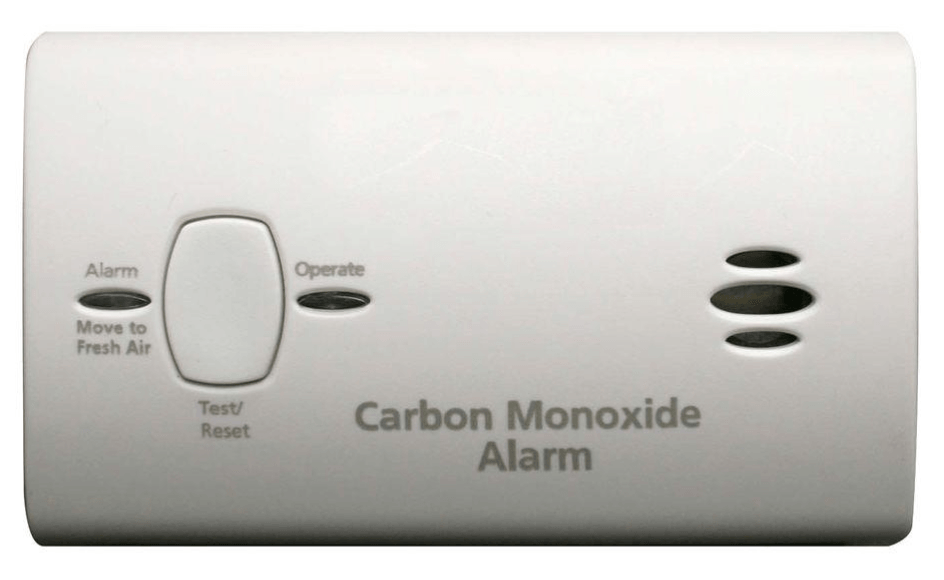We all know the important role smoke detectors play in keeping our homes safe, but have we ever asked, how they do it?
The general idea of a smoke detector is if there is smoke in your home, office or any building you're in, you will be alerted with a terrifically loud beeping noise.
There are two different types of common smoke detectors, says the National Fire Protection Association.
Photoelectric smoke detector: Inside the alarm there is a LED light that sends a beam of light in a straight line across the chamber. In a separate compartment in the chamber, there's a photo sensor that detects light.
When smoke enters the alarm, the smoke particles disrupt the light. The light scatters in many directions and when the light beams hit the sensor, the alarm will go off.
When your smoke alarm batteries are dying, your smoke alarm will create a high pitched chirping sound, higher than your smoke alarm, to let you know it’s time to change your batteries.
Ionization smoke detector: Inside the smoke detector there are two metal plates. These plates are called electrodes and they’re connected to a battery which is called a circuit. You’ll also find a substance called Americium-241. Americium-241 converts air into positive and negative ions. The age old saying ‘opposites attract’ comes into play here. When the positive and negative mix together, it creates a full circuit or a full path of electricity.
When smoke enters the alarm, the ions bond with the smoke and that breaks the path of electricity. When the flow of electricity is interrupted, the alarm goes off.
With new age technology, average smoke detectors include both ionization and photoelectric technology in an alarm. This way, you have double the amount of protection against fires in your home.





